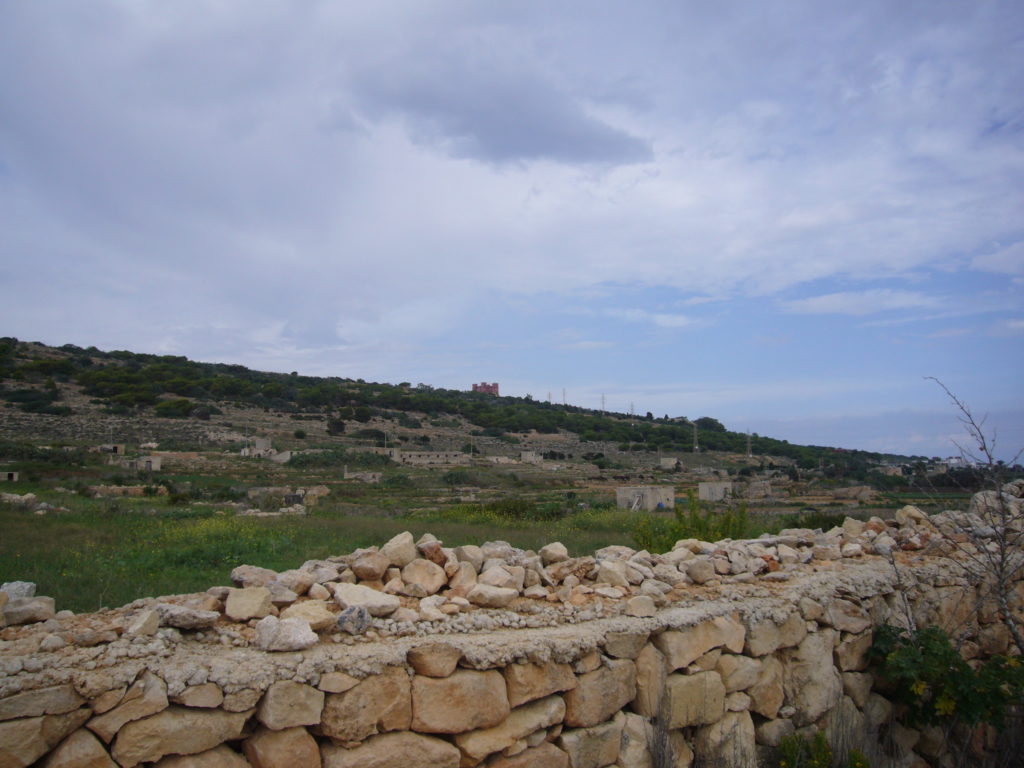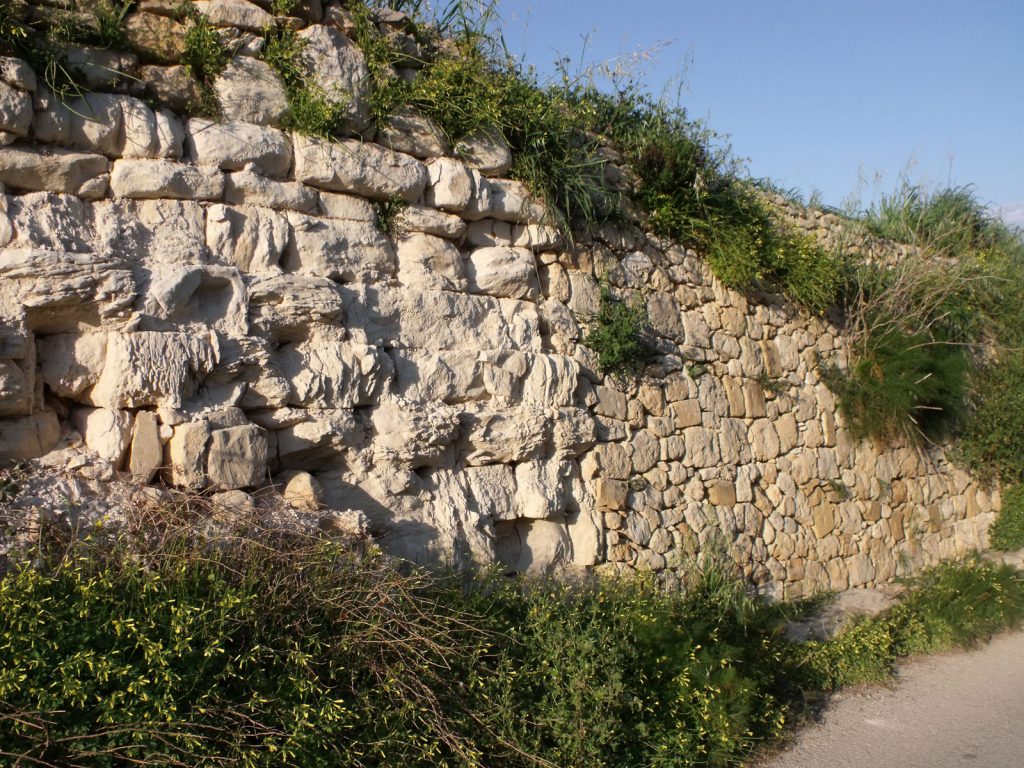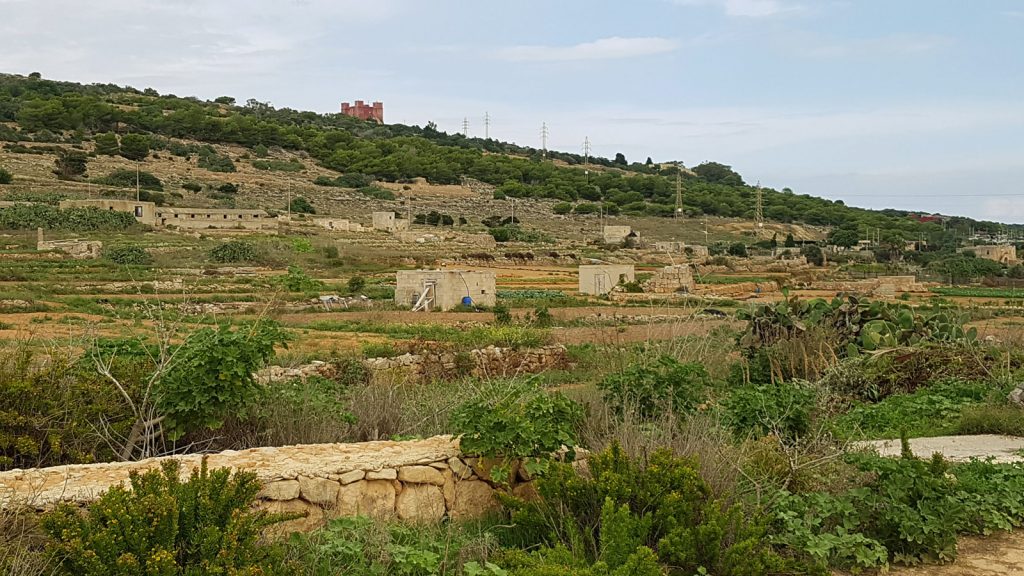As part of the Eco – Gozo programme , Region of Gozo will invest over 10 million euros of European funds for the restoration of the rubble walls which are characteristic of maltese islands.
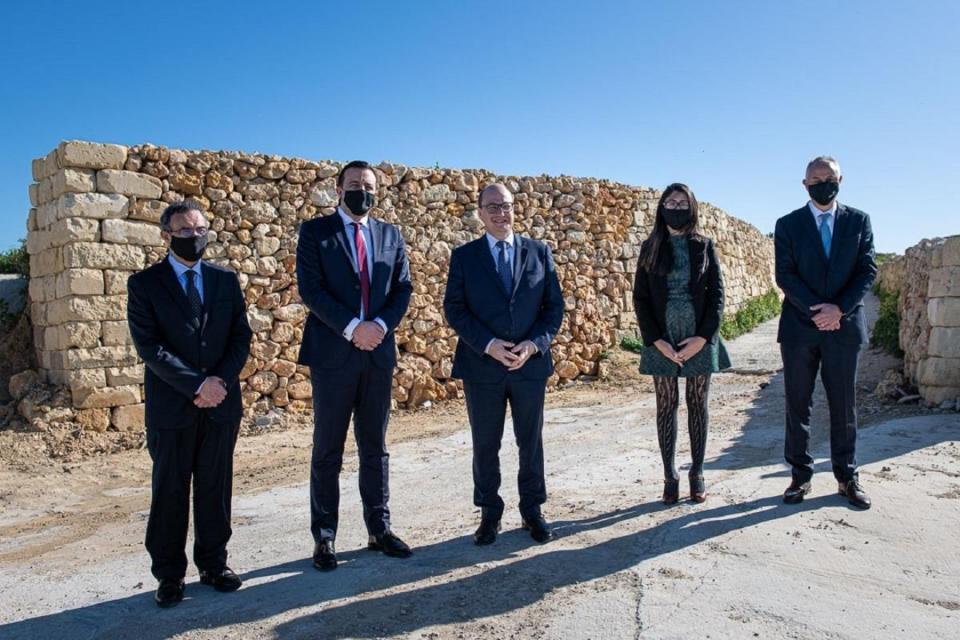
LIFE Greenchange’s approach is working precisely because the Gozo Region has signed the Pact for biodiversity.
To date, we have talked about actions taken by LIFE Greenchange in Italia. However, the project also works in Northern Malta and Gozo.
Greenchange and the Pact for biodiversity will operate to increase the functionality and ecological connectivity of the agricultural territory of Maltese islands by managing green infrastructure and dry stone walls typical of their rural areas.
More and more often you’ll hear about green infrastructure. To date, the EU policies on biodiversity for 2030, support and encourage its spread.
According to the EU definition, they are “a strategically planned network of natural and semi- natural areas with other environmental features designed and managed to deliver a wide range of ecosystem services”.
We are talking about hedges, windbreaks , forests or meadows and wetlands. This definition also includes rubble walls due to their high ecological connectivity.
RUBBLE WALLS IN THE RURAL LANDSCAPE
The building of rubble walls – dry stone walls built in loose unhewn or rough-dressed stones, which stand by gravity and friction without the use of mortar – as either border walls or retaining walls, is one of the most
widespread countryside traditional building techniques all around the world. Indeed, all the great cultures of the past used this technique – from Greeks, to Romans, to other Mediterranean populations, up to continental Europe, Latin America (especially Peru) and China.
Dry stone walls have been traditional landscape elements for centuries: they have not only an historical value, but also give an important contribution to biodiversity protection in the rural environment. The interstices in these walls provide microhabitats to various plant communities, insects, reptiles and amphibians – due to the contextual presence of warm, cool, damp, dry, sunny and shady areas – as well as breeding sites for birds. They represent valuable stepping stones and insular biotopes in the agricultural landscape and, due to their linear structure, act as ecological connections. They also have a filtering function (rainwater flowing from a plot to another passes through the walls’ interstices capturing organic matter and leaving at the bottom of the wall a useful humus for soil regeneration) and allow excess rainwater to drain from the fields, benefiting agriculture production and minimising soil erosion.
Recently, the UNESCO Convention Intergovernmental Committee for the Safeguarding of Intangible Cultural Heritage has inscribed the art of dry-stone walling in the Representative List of the Intangible Cultural Heritage of Humanity, because the technique is a ‘living’ one, and plays a fundamental role in maintaining the environment and landscape.
DRY STONE WALLS OF MALTESE ISLAND

Dry stone walls are found everywhere in the Maltese islands – where they mainly serve as borders between fields and farms. The Government issued a dedicated regulation (Legal Notice 160 of 1997 ‘Rubble walls and rural structures (conservation and management) regulations’) to protect them. This regulation declares rubble walls as ‘protected, in view of their historical and architectural importance, their exceptional beauty, their affording a habitat for flora
and fauna, and their vital importance in the conservation of the soil and of water’.
Rubble walls could represent the most significant green infrastructure of the Maltese rural territory, being green infrastructure according to the EU definition.
STATUS OF MALTESE RUBBLE WALLS
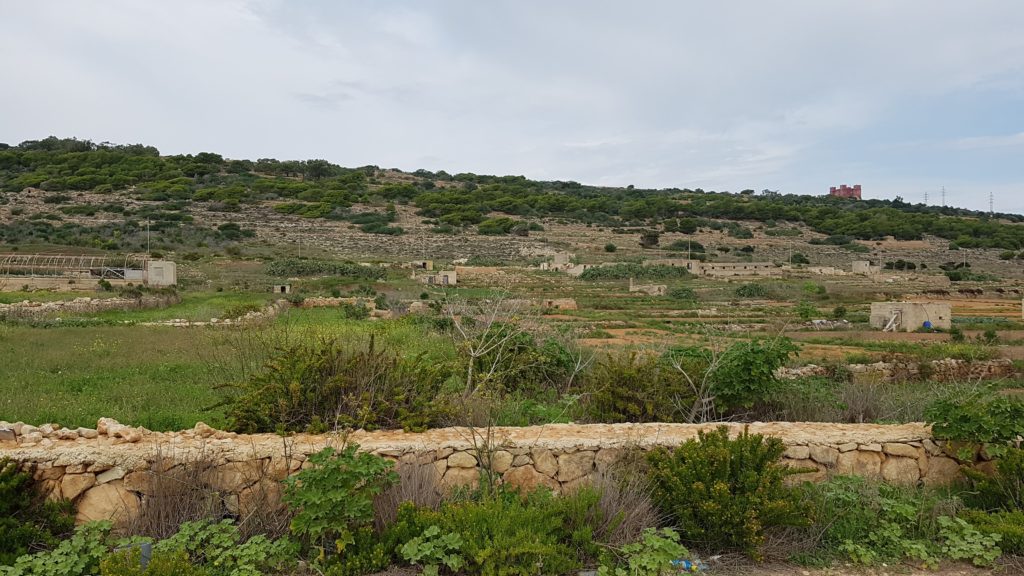
Rubble Walls, known in Malta as ‘Ħitan tas-Sejjieħ’, have been a predominant and integral feature of the Maltese rural landscape for centuries. Indeed, since remote times, local farmers have re-shaped the land surface, creating terraces that enabled them to maximize the agricultural exploitation of an arable land characterized by a limited surface area, a hilly topography, water scarcity and meagre soils.
In the Maltese islands, around half of farm holdings own less than 0.5 ha of agricultural area, and these land plots are usually delimited by such structures. More specifically, according to recent surveys, in Gozo terraced fields supported by rubble walls cover a surface area of 20 km2, corresponding to nearly half of the island’s arable land.
Nevertheless, in recent decades, there has been a steady loss of rubble walls, mostly because of the loss of land due to development, and of a loss of traditional knowledge associated with the decline in the local farming community. Existing rubble walls are often in poor conservation state. Abandonment of small-sized fields due to changes in the socio-economic dynamics, as well as bad practices in the maintenance of the walls (such as the addition of new materials or the application of inappropriate building techniques) have resulted in the loss or damage to the traditional structures.
LIFE GREENCHANGE GOALS AND PACT OF BIODIVERSITY

The management of rubble walls in Maltese rural areas is in line with the key objective of the LIFE GREENCHANGE project of maintaining and increasing biodiversity in the Maltese Islands. Consistently with the EU Biodiversity Strategy up to 2030 and with the Communication of the Commission on Green Infrastructures COM(2013) 249 final, GREENCHANGE intends to test and develop a territorial governance model able to increase the contribution of agricultural areas to the protection of biodiversity and the improvement of ecosystem services. Moreover, it aims at mitigating anthropogenic disturbance on high-naturalness zones still existing in target areas, strengthening their
ecological quality, and increasing the connectivity of the whole territory through the reconstruction of linear, areal and polygonal green infrastructures with different roles (corridors, stepping stones, buffer zones). The rubble wall not only maintains its role as traditional agricultural and land management technique (for land delimitation, soil and plants protection, and water management), but increases its function as habitat and ecological corridor for animal and vegetation species (also of conservation interest).
At the same time, the rubble walls management model is framed within those GREENCHANGE actions aimed at defining and sharing – with a multi-stakeholder approach – tools and guidelines for a sustainable management of rural territories, able to improve the regulation and maintenance of ecosystem services.
More specifically, such actions intend to test methods and techniques able to contextually optimize the quality of agricultural production, the biodiversity preservation, and the provision of ecosystem services by agro-ecosystems. The involvement of the agricultural sector is crucial to achieve these goals.
For this reason, the model will be implemented through the direct involvement of Maltese farmers and farm holdings: the aim is to mobilize farmers and make them aware of their land stewardship role, as well as of their key responsibility in the development of multi-functional agriculture, able to provide the community with more and more extended ecosystem services, whilst allowing for the maintenance, increase and protection of local biodiversity, for the diversification of farm holdings, and for an increased quality of agricultural production.
A rubble walls system structured according to the GREENCHANGE management model is, indeed, able to provide multiple ecosystem services:
Cultural services: rubble walls are an essential feature of the Maltese rural landscape and heritage, and strictly connected with its environmental characteristics and with the traditional land management techniques of local farmers.
Contrast to soil erosion: rubble walls help reducing rainwater run-off and hence soil erosion, that impoverishes agricultural soils and complicates land management.
Support to soil productivity.
Maintenance of biodiversity: rubble walls form an important habitat for local fauna and flora, especially during draught periods, when their inner part remains damp, providing an environment with different humidity levels allowing for the development and growth of various plant species in the interstices, and for the sheltering of small vertebrates and invertebrates.
REED ALSO:
